Coming Back
Discussing our impending doom
In early summer, I had doubts about where to take this publication.
On one hand, it clearly did not bring enough money to be worth the effort.
Thanks to the generous help of one of my readers, this is no longer fully true. I also feel I owe to my readers to keep going anyway.
On the other hand, the growing likelihood of a global conflict acts as a sort of event horizon for any prediction. And a paralytic for the analyst. This has only gotten so much worse in the past few months.
So my thought process was rather muddled and I had not much of value to say until I clear my mind.
So this article will do a quick recap of the world’s situation, the likely outcome of a now likely massive war between Europe and Russia, and between the USA and Iran; and then what can be done for managing our portfolio accordingly (in a subsequent part-2 follow-up).
Ukraine-Russia-Europe-USA-Israel-Iran
In the past 6 months, we have seen the Trump administration playing a seemingly schizophrenic diplomacy, claiming to have stopped 6 wars, while actually bombing Iran, massing troops around Venezuela, and escalating the conflict in Ukraine.
This is, of course, disingenuous and obviously not a proper description of what is happening.
What IS happening is that the short bombing between Israel and Iran, and the repeated failure to crush Yemen with air bombing, has spooked the Pentagon analysts.
(In this section, I will consider the USA and Israel as the same entity, as it became really hard to determine where one starts and the other stops from a security point of view).
Contrary to the ridiculous claim by the military industrial complex, missile shields are not very efficient. They are also ridiculously expensive, allowing even a much smaller economy like Iran to inflict disproportionate costs on its enemy.
They still believe they could handle it, but only with a very strong concentration of force, meaning that Ukraine needs to be left out to hang and dry from US support.
Except that the entire credibility of NATO would collapse with Ukraine.
So a decision has been taken to perform this little theatrical dance we have seen in Alaska, where the US/Trump pretend to want peace, will later claim the Europeans and Ukrainians are too unreasonable, and let them fight Russia essentially alone, except with maybe some supply of limited US and Korean weapons.
Now that European Western leaders are pushing for NATO troops BEFORE a ceasefire or peace treaty, the escalation to a full-blown conflict is almost guaranteed.
Meanwhile, the US’ missile production can be focused on helping Israel survive, and ideally gives it the strategic depth in need for long-term stability by conquering the “Great Israel”, incorporating part of Jordan, part of Syria, part of Egypt, all of Lebanon, and expelling/killing all Palestinians.
Paradoxically, the mounting antisemitism resulting from mass killings in Gaza, and likely soon, the West Bank, will help boost the number of Jewish immigrants to Israel to colonize all these new territories.
Europe Vs Russia
As Ukraine is getting very close to being a spent force, with likely north of 1 million casualties (killed and maimed) and a mounting problem of mass desertions (with report of 60% of forced mobilized never reaching the frontlines), new troops need to be thrown into the meat grinder.
UK-France-Germany, the small satellites like Sweden-Denmark-Netherlands-Austria-Czechia, and the reluctants getting dragged into it like Spain-Portugal-Italy-Greece, will provide the bulk of the equipment. They have limited manufacturing capabilities, but all combined will provide a relatively impressive air force and navy and a half decent land army.
This will be enough to blockade Russia’s oil exports physically, the only economic sanction that can really hurt, and relatively easy to do as most of it passes by a few chokepoints in the Baltic and Black Seas.
(The Arctic searoad is still very much a gas road, and not able to be used for most of the country’s oil exports, so are the East-bound gas pipelines)
NATO troops in Ukraine to ensure the fight is done to the last Ukrainian, and the economic strangling of oil exports seems to have already been decided.
The way that attacking the nuclear site of Iran was a sure way to end up in war soon after; this move will ensure the Europe-Russia war.
However, this war will be short on men willing to fight, with Poland, the Baltics, and Finland making a poor substitute to Ukraine’s resilience and fanaticism.
Caucasus-Turkey
This is where the other and forgotten important Eurasian member of NATO will be useful.
Turkey is an 85 million people country. When combined with Poland’s 40 million, this makes it a good option to have abundant manpower to throw at a tiring Russian army, a 145 million people country.
Why would Turkey do it?
Because it is already being baited into this position and is too ambitious for its own good.
Azerbaijan is today mostly a Turkish vassal state, that has been quickly becoming a problem for both Russia and Iran, its much larger neighbors. It has also repeatedly invaded its neighbor, Armenia, and recently performed an interesting diplomatic theatre of its own:
Armenia gave up its land, allowing Azerbaijan to connect to Turkey, cut Armenia from Iran, and then LEASE said corridor to the USA, right on the Iranian border.
Be assured that US and Turkish “peacekeeping troops” will be in position soon.
Importantly, most of the deep strikes by Israel in Iran were performed by using Azerbaijani airspace, and the death of the Iranian president in 2024 happened when coming back from Azerbaijan.
By giving Turkey the access to the Caspian Sea it craves, and relative independence in oil supply, with the dream of influence over all the Turkic-heritage nations north of Iran to replicate the way north of Syria got given to it last year, this is the price to get Turkey in line with the West’s plans.
Of course the end game would be a collapse of Iran, and a management of Al-Queada / ISIS by Turkey like in Syria, with all over central Asia this time, created problems over thousands of kilometers of border for both Russia and China.
Ideally, these would also support Uyghur insurgents in West China, creating further “low-cost” destabilization.
It would cut the Silk Road passage where a lot of Central Asian and Russian gas and oil, as well as food supply, enter China.
It is also where the railroad connecting China to Iran passes, that finally opened just a few weeks before Israel attacked Iran.
Let’s not forget that all the human right NGOs regarding Uyghurs are headquartered in Washington DC…
If, after all that, Erdogan tries again to play all sides and double-crosses the US, a coup or softer “replacement” will likely be pushed at an accelerated pace.
So getting Turkey in line with a war with Russia & Iran is also a way to clear the way to many strategic objective:
Greater Israel expansion
Neo-Ottomans ambitions in the Caucasus and Central Asia.
US target of overextending Russia on its softer South underbelly, from the Caucasus to the absurdly large and hard to control Russian-Kazakh border (7,598.6-kilometre / 4,721.6 miles).
Turkey is a major conventional military power, the exact type of capacity missing in Western Europe.
The UK can barely marshal FORTY tanks in functioning order, and 30 artillery pieces. This would barely cover 20km of the Ukrainian frontline.
Turkey, by comparison, has a stockpile of almost 3,000 tanks and 3,500 artillery pieces. Older models yes, but still a lot of metal to send against Iran and Russia.
Turkey's numbers can be added to Poland’s 1,100 tanks and 750 artillery pieces.
Altogether, the air and space assets of the West, and the infantry, tanks, and artillery of Poland+Turkey represent a rather serious threat to Russia, almost as serious as the Soviet stockpile in Ukraine was.
Except this will come at the end of a gruesome 3-year war, and in the context of economic sanctions that will actually hurt this time (oil blockade).
It should be noted that in that scenario, it is only the minor nuclear powers of France and the UK that are directly involved. This essentially allows the US and Russia to go to war with each other, but lowers the risk of the war seeing ICBMs and megaton-bombs involved.
The proxy war to end all proxy wars…
Most likely, the Baltic States will not be defended at all (too poor logistics), except around Kaliningrad. Most of the fighting will be in Ukraine, Romania, the Suwalki Gap, and the Black Sea/Turkey/The Caucasus.
The $1M question is if Russia will use nuclear tactical weapons on Turkey and/or European bases of non nuclear state (Rammstein? Poland’s Redzikowo?) and military factories.
Israel-Iran Round 2
Meanwhile, Israel is in a death spiral due to a strategic trap of its own making. It cannot stop the ongoing bombing of the civilian infrastructures leading to the ethnic cleansing in Gaza (through mass death from starvation or deportation), and will need to move on to do the same to the West Bank as soon as it’s done.
It also needs to annex Lebanon and South Syria QUICKLY before the area can rebuild a capacity to resist the IDF post-Bashar Al Assad.
So Israel equally needs to destabilize Iran enough to do all this unimpeded. The assassination of the Yemeni prime minister and most of its cabinet is another step in that direction.
All these very far reaching objectives need to be done quickly enough before the American military and economic decline preclude it from making it possible (although the date by when to make it work was likely 15 years ago).
China’s Role
While the question of Taiwan annexation/reunification are looming over the region, it is likely that this can be achieved peacefully simply by defeating the Western Alliance elsewhere.
Especially as Taiwanese people have in the past year realized that they are not too keen on becoming a new Ukraine and are reclaiming their Chinese identity.
Although this might be a more likely scenario for the Phillipines, a much more docile and easy to control colony it seems.
Overall, short of a catastrophic miscalculation or further provocation in East Asia, China’s role in the coming conflict will likely be similar to that of the USA in WW2:
Use the ongoing wars to build up for many years its industrial base and convert it to wartime production quietly and peacefully.
Provide equipment and funds to one side of the belligerent, while extorting ludicrous future commercial advantages and debt repayments from them, making it “good business”.
Eventually step in at the last stage of the war to harvest resources and vassals at a low cost.
Most likely, China would focus on getting large access to the Arab states oil, leaving Iraq, Lebanon & Syria to Iran, and the only somewhat hostile move on Russia would be a greater control over Central Asian countries.
Of course, this is doable because China today mirrors the USA’s industrial might in 1939. It produces:
More than half of the world’s steel, aluminum, chemicals, etc.
Dominates the supply chain of (green) energy, which can be crucial for stabilizing grids and provide more energy.
This is also true for energy infrastructure, like special steel for transformers, turbines components, etc.
Controls 90-95% of the supply of batteries, drones, rare earth and other military critical elements for this era of military tech.
Has a massive, stable and secure supply of cheap domestic energy, through coal, nuclear solar; + Russian gas imports.
In 1939, the USA produced 57% of the WORLD’s oil production, and the USSR 11%.
Massive amount of electrified vehicles also limit the impact of an embargo of oil imports passing the Malacca Strait.
Who Wins
The irony is that after a few months trying to understand how it unfolded, the answer to the end of this conflict is that the details do not matter.
The economics of this conflict that will likely be remembered as WW3 are so unbalanced that it is almost comical, in a dark way.
The Side With Influence
On one side, the West, is today specialized in targeted covert operations (spying, pager attacks, influence, coups, surgical strikes) with boutique armament costing 20x the market price than in other countries, for barely better capacities (or even worse when looking at the F35).
The West can deplete the stockpile of weapons left by the Soviets out of Russia (done) and the equipment accumulated by Poland and Turkey over decades, but it cannot make more new weapons in any significant number.
In large part, this is because the industrial base has either been moved abroad or let to rot in the past 40 years.
Only South Korea, and to a lesser extent Japan have such industrial capacities left with low-cost production, but they are just not big enough.
These covert methods can secure remarkable wins, like the collapse of Syria, the pager attack on Hezbollah, or the infiltration of Iranian air defense.
But these operations take years to build, are one-shot-use, and will wither away in a context of tighter internal security and purge of liberal elements.
They are high-efficiency one time gambles, that when they fail, cannot be replaced, and show diminishing returns the more you use them.
The Side With More Stuff
The other side (Russia + Iran, with China as an arsenal/factory/R&D center) has the world’s largest reserves of oil, gas, metals, as well as massive food surplus.
Any technological gap (advanced chips and drone components for example) can and will be supplied by China.
Who has the most energy, metal, people, and heavy industries wins industrial wars, irrespective of strategy, tactics, and starting position.
We are already seeing that, with Russia’s 143 million people producing more artillery shells in 3 months than the whole of the almost 1 billion people of NATO + Japan & Korea. And for 1/10th of the price per unit!
Ukrainians are now saying that for every 1 drone they send, Russia has 10.
Similarly, Iran produces way more cheap missiles (not even counting even cheaper drones) than the entire USA can produce interceptor missiles costing $1M a piece.
Contrary to the skulduggery of spy stuff, influence, and outright coups, industrial military capacity displays increasing returns over time during wars.
Industrial powers ramp up their production over time, even when they are losing, with for example Nazi Germany peaking in tank production in 1944, while the Wermach was deep into a losing retreat.
But, But…
I know that the idea of a generalized conflict involving 2 main fronts, one with Europe vs Russia, and one with USA vs Iran is rather cataclysmic, and our initial instinct is to reject the idea.
This would mean such a large zone of conflict, to a scale almost no one alive have ever seen.
The first objection is often that nuclear powers cannot fight each other directly. First, this is not really true.
What is true is that nuclear powers SHOULD not do it. If one side is arrogant, desperate, or unhinged enough to do it, who knows…
The refutation is also that this risk is likely not happening in this scenario:
Not The Same Caliber
With the shape the conflict is taking, the nuclear superpower of Russia will only fight the barely qualifying nuclear powers of France and the UK.
Not that their 300+ bombs they have combined would not be devasting potentially. But they might be extremely reluctant to risk using them against a country with the potential for total anhillation in response.
Especially as the rate of actual hits versus interception is unclear. And that many of the UK & France bombs are relatively speaking rather small, at the edge of tactical nuclear capacity, with only a handful or “true” strategic megaton scale bombs.
Meanwhile, Russia could employ tactical nuclear weapons against non-nuclear Poland or Turkey, or even Germany, while still counting on its (bigger bombs) strategic arsenal to limit retaliations.
Similar Imbalance On the Second Front
The same situation is shaping to be true in the Middle East. While Iran could theoretically devastate Israel and US bases, even with just conventional weapons, so would Israel do to Iran with undeclared arsenal of 200-300 small nukes.
In that scenario, the USA could officially not even be involved, and limiting itself to “condemning the nuclear holocaust of the Jewish state by the Axis of Evil” and conducting only limited strikes in response.
The war that is shaping in the Middle East might be partially nuclear, but we are far from the Hollywood scenario of a free for all nuclear fire between Russia and the USA.
Think of it again as the “proxi war to end all proxi wars”.
Nukes blasting barely 5km radius, with limited to no nuclear fallout (high-yield bombs) would not be much different from large scale firebombing of cities, like it was done on Dresden or Tokyo in WW2.
But Why?!
Another objection, is why would Western leaders really be ready to risk so much for the sake of Ukraine or Israel.
The answer is that it is not about these locations, although in the case of Israel, it seems that it has a very strong hold over Western decisions makers, which might or might not be reflected in the sudden non-existence of the Epstein files…
The answer is that a war abroad is a perfect option to crush dissent at home and kick the can down the road.
The UK is seeing anti-immigration and race-driven riots every other month lately.
The USA political situation is unstable to say the least.
France has had THREE prime ministers in less than one year.
Germany is regularly considering banning one of the largest and most quickly growing party in the country.
Romania literally canceled elections and made sure the “elected” new president will built NATO’s largest air base in the country.
Meanbwhile, the economic situation is rather… interesting
It is VERY common over history for failing regimes to engage into one last gamble on their way out. Especially when the troubles are not just economic but a legitimacy crisis, with an ossified elite unwilling to accept any reform.
Wars allow for martial laws and arresting any dissenter as a “traitor to the nation” or “Russian agent”.
Wars allow for economic “boom” driven by seizing of the population’s savings, and growing industrial spending.
Wars give the elites a great opportunity to pillage the state coffer one last time, with juicy contracts to distribute to all politicians and large corporations.
Wars also give a lot more power over your vassals, hence why the US overlord is fine with it.
Wars make previously unthinkable policies easy to pass, like cutting welfare, forced mobilization, nationalization industries, capital control, increased taxes, financial repression, etc…
Wars distract from domestic issues and give a common foreign enemy, a monster at the door:
You might say that Europe does not have the demographic for a massive industrial war. But that’s fine in the perspective of the EU rulers, there is a virtually infinite supply of immigrants to bring in after.
And there is also the fact that the USA will not relinquish its #1 spot to China without a fight. Removing the weaker parts of the Eurasian Tripod (Iran and Russia) from the equation is a must if you want China to bend the knee.
Is It Certain?
Of course, the answer, is no, not really. Such predictions are hard to make, and impossible to be certain of.
But the probability has slowly crept up from a low 5-10% three years ago to a higher than 50% in the past few months.
Now that the stage is set for Europeans and Ukraine to be “unreasonable” and “secretly plot against the marvelous peace plans from Trump”, the USA can disengage while pretending to have done all it could, and focus on the Middle East.
It was always going to be when Ukraine is on the verge of defeat that the risks were going to grow the highest.
The West still believes that Russia is “a fuel station with nuclear weapons”, and that the only reason for the Ukrainian defeat is the absence of the awesome, Top Gun-esque air forces of NATO.
So the risk of a massive miscalaution are just mounting, simply because either they go the economic total war road, which will trigger a Russian attack beyond Ukraine, or put NATO troops in Ukraine, which will trigger a Russian attack beyond Ukraine.
And at the end of the day, are we really supposed to believe the EU leaders are competent and able of self-reflection, or will they instead always double down on bad decisions…
They even know when it will happen, how convenient… We better listen…


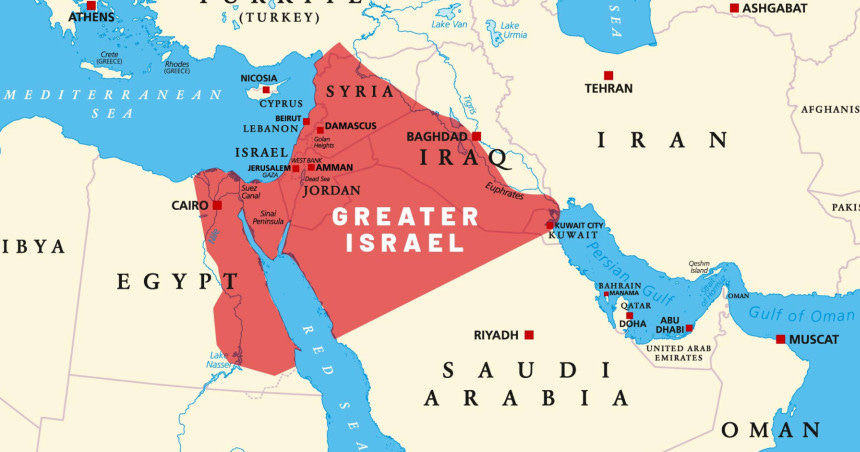
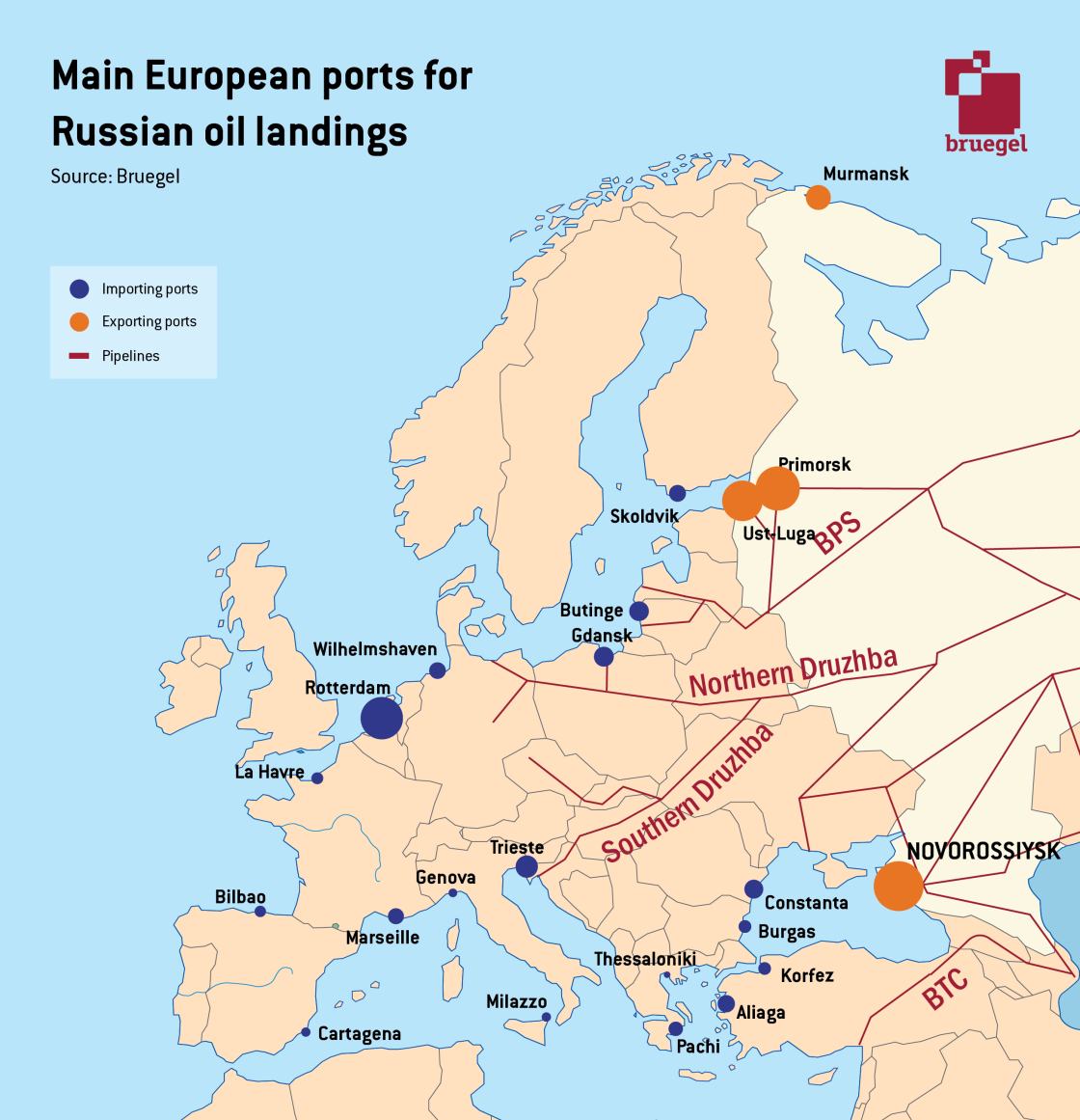
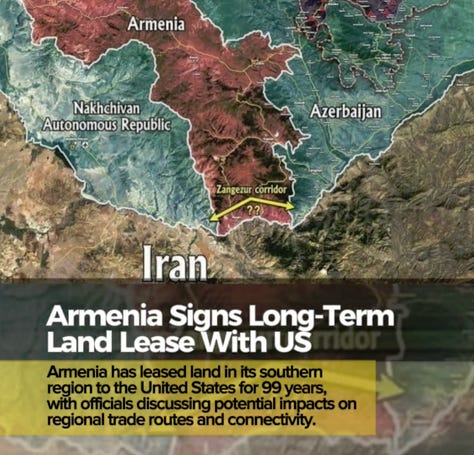
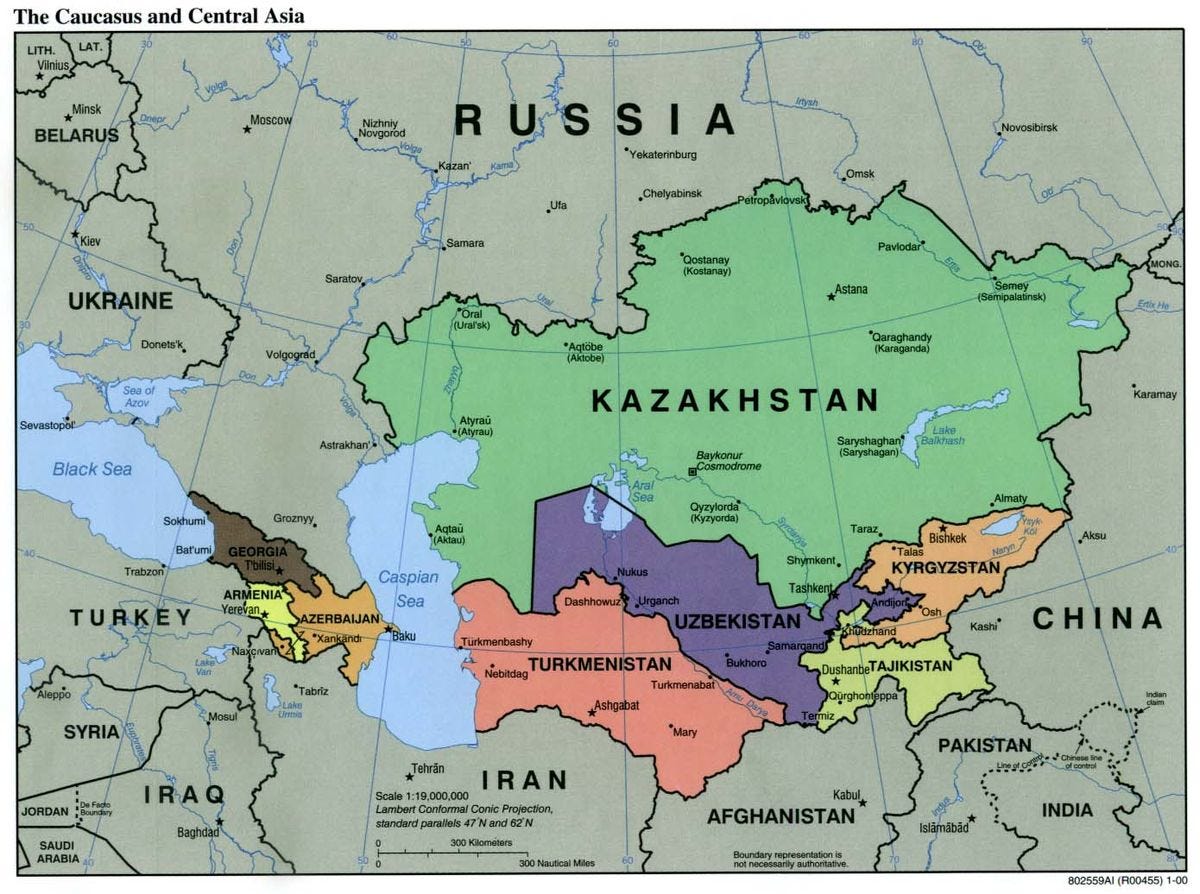
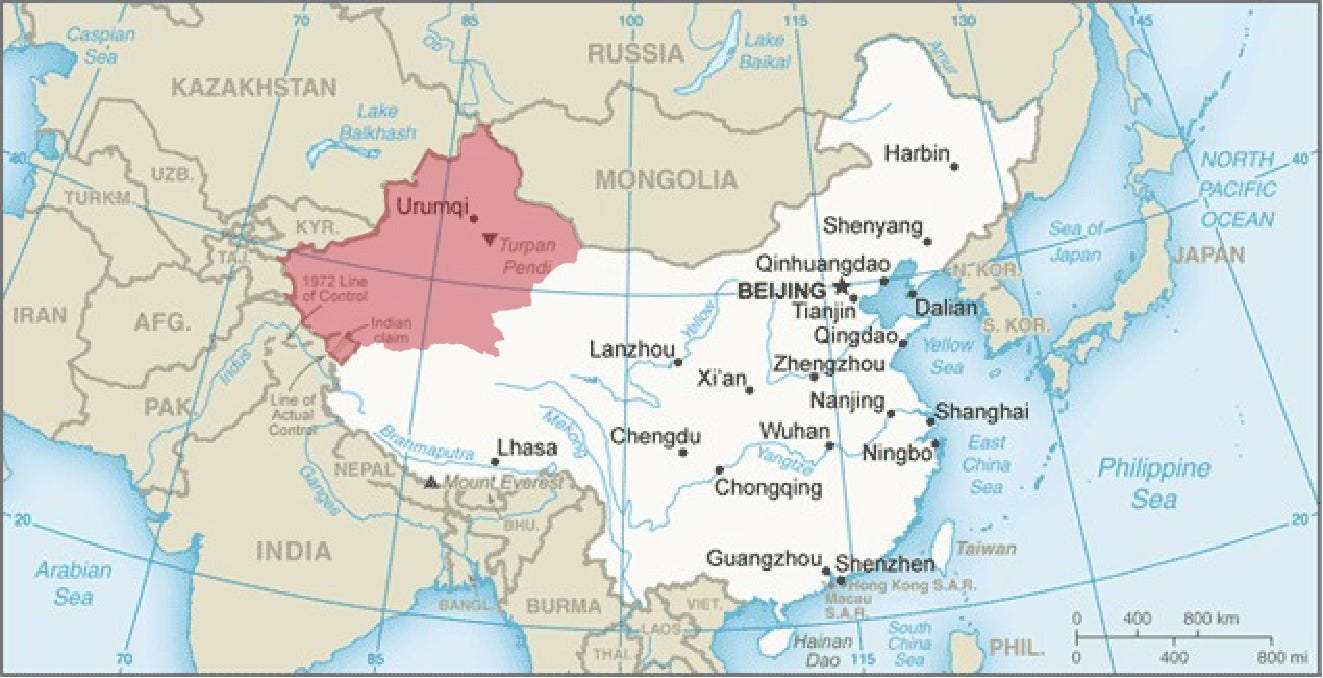
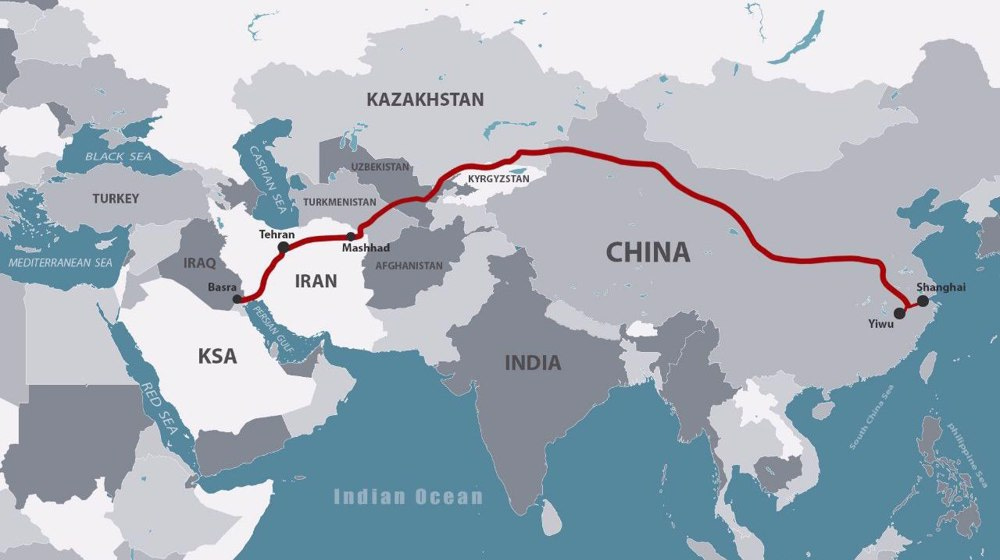
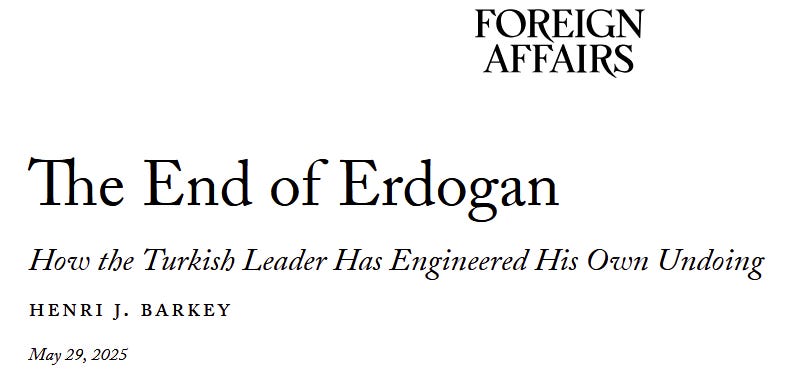
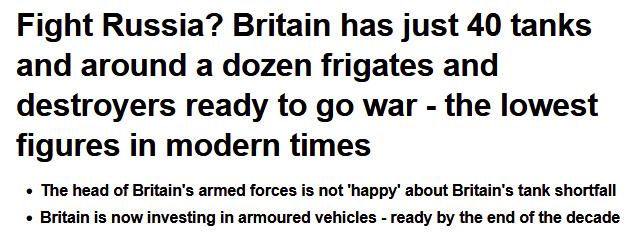
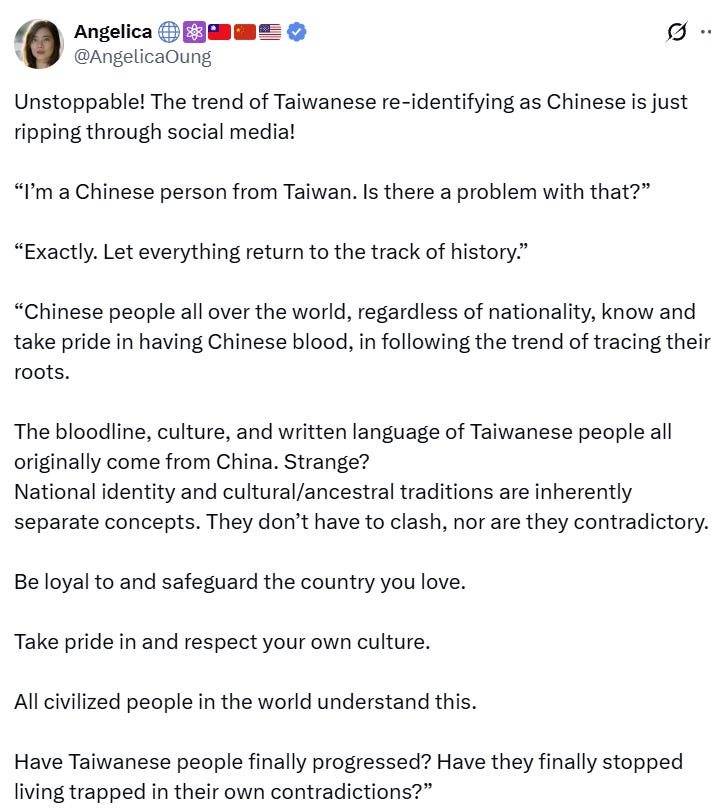
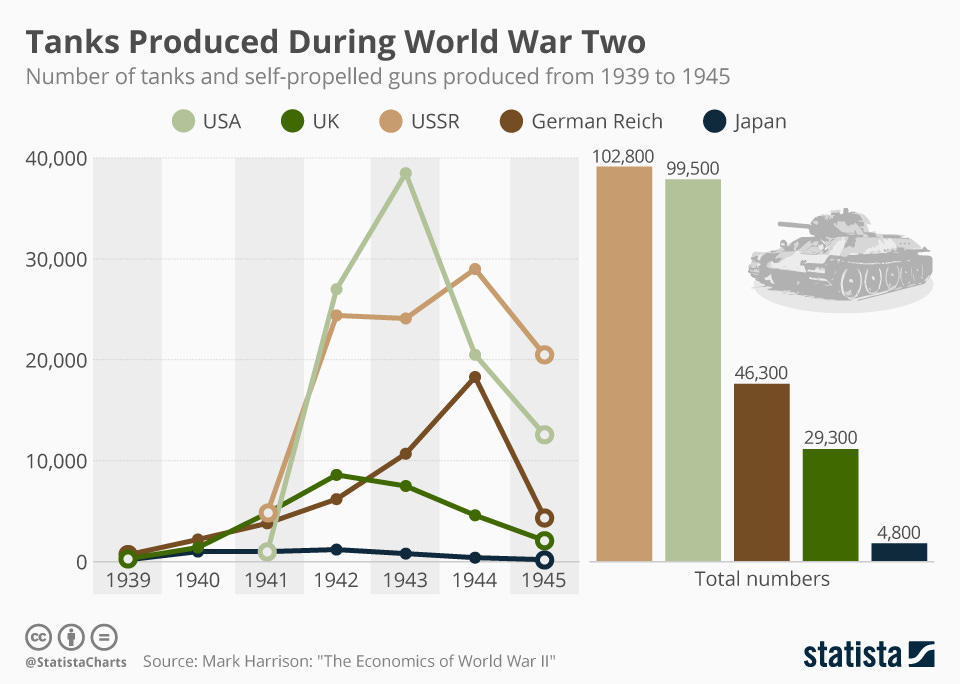
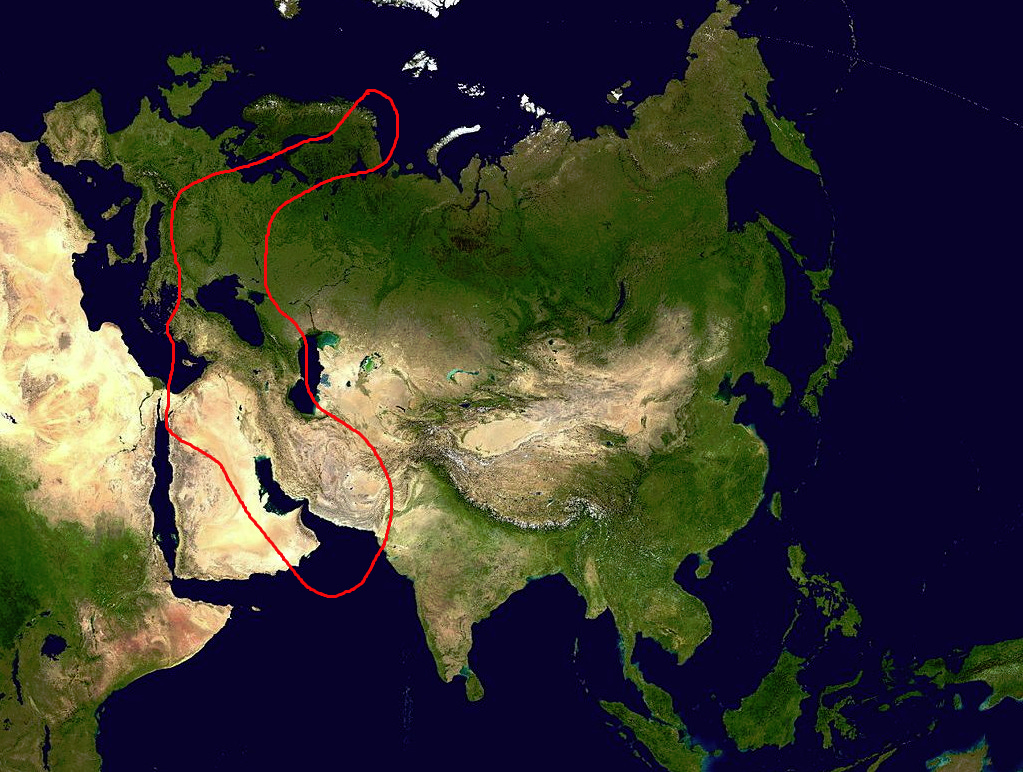
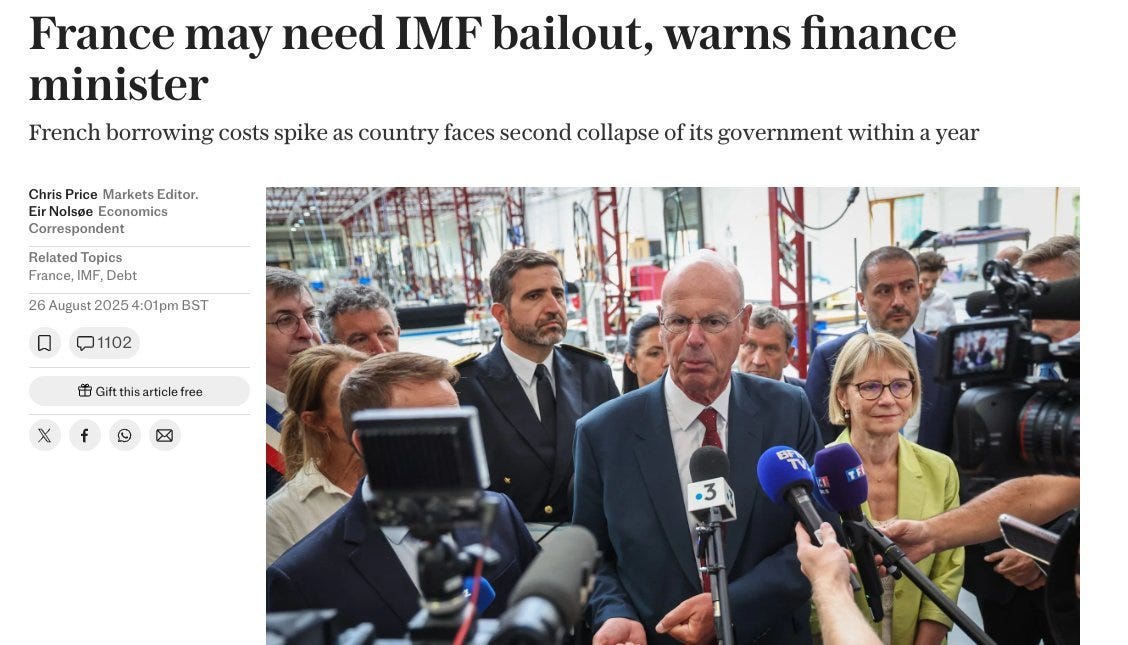
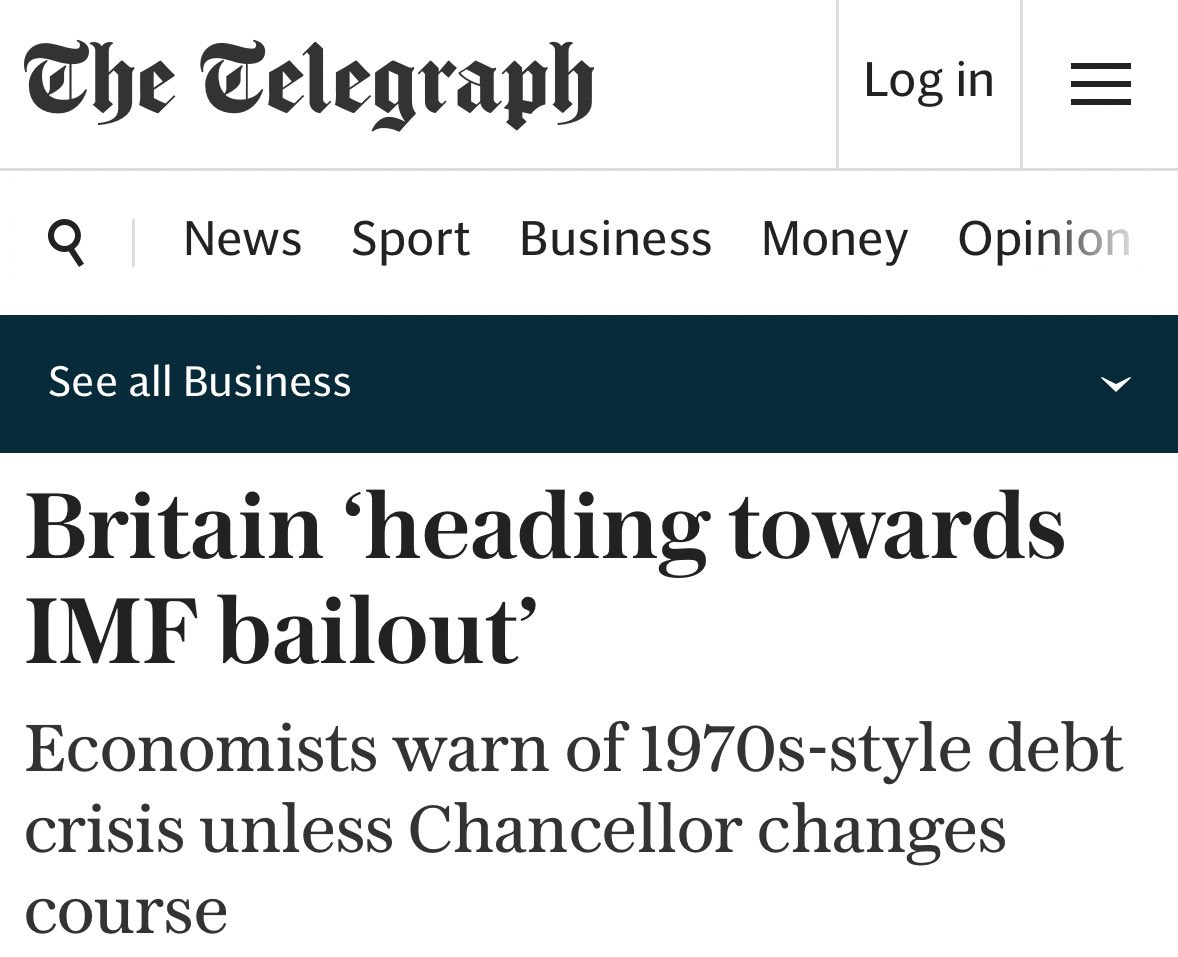

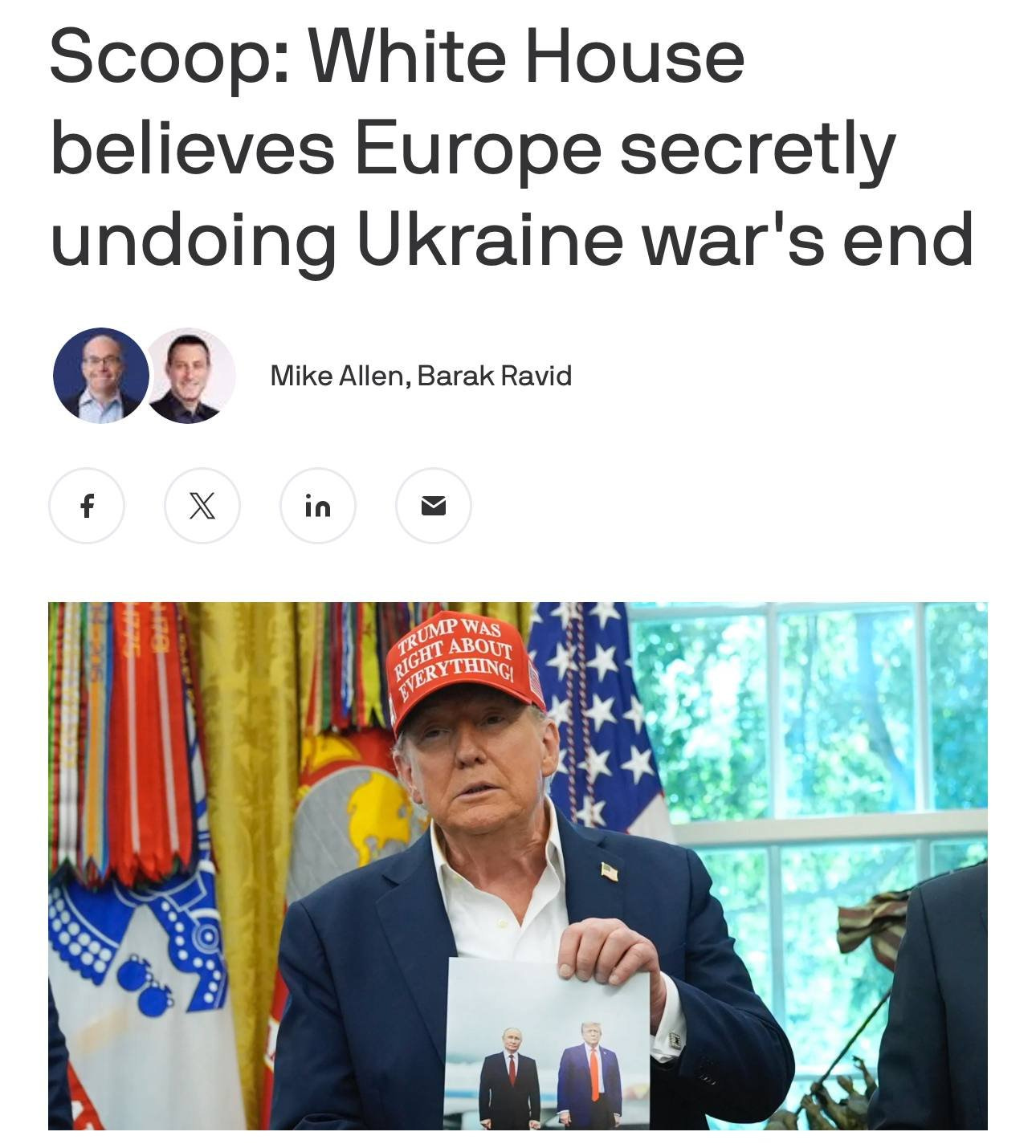
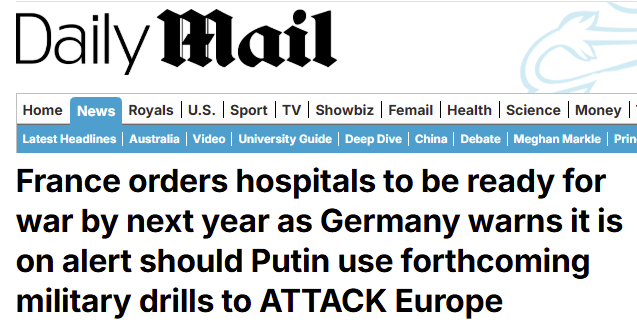
You're back! Thank you for your sharp and comprehensive post.